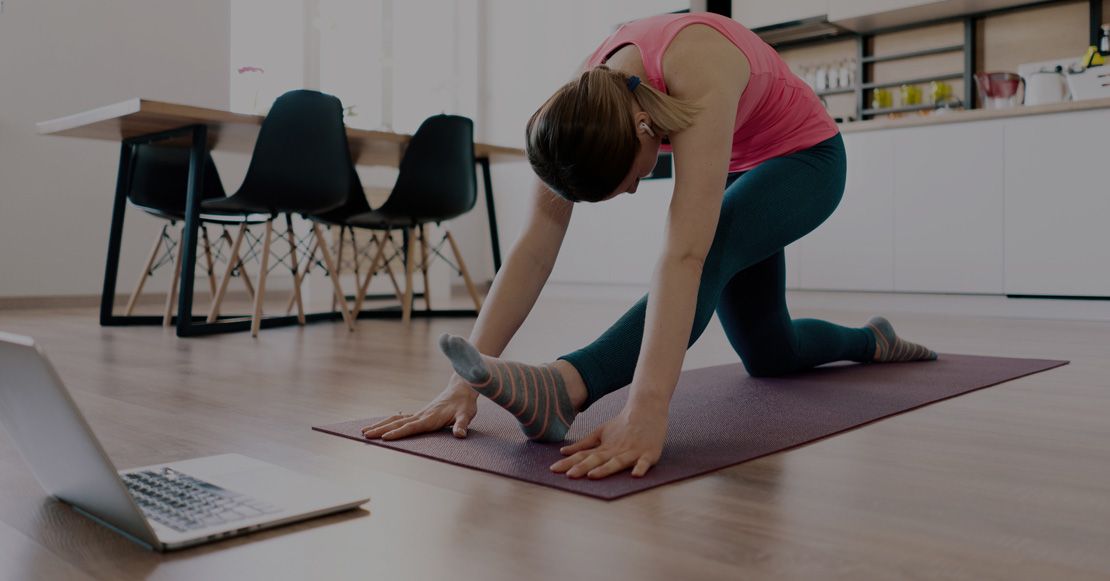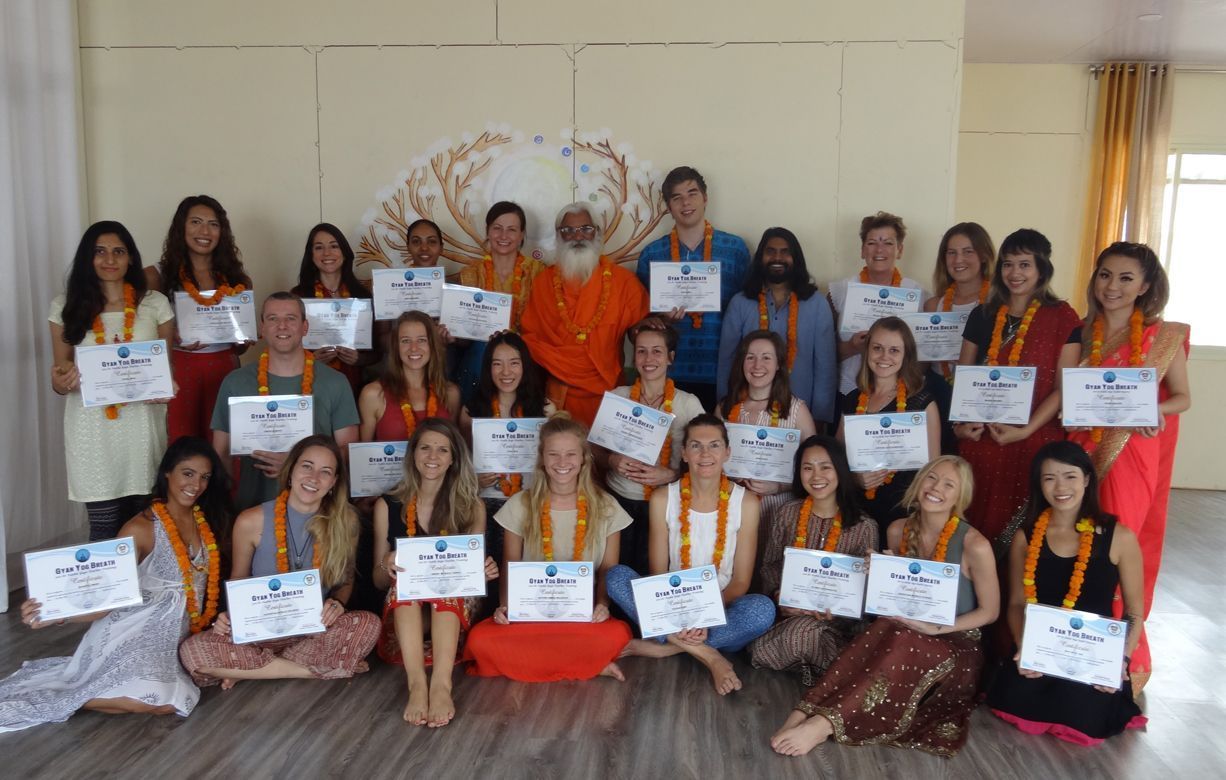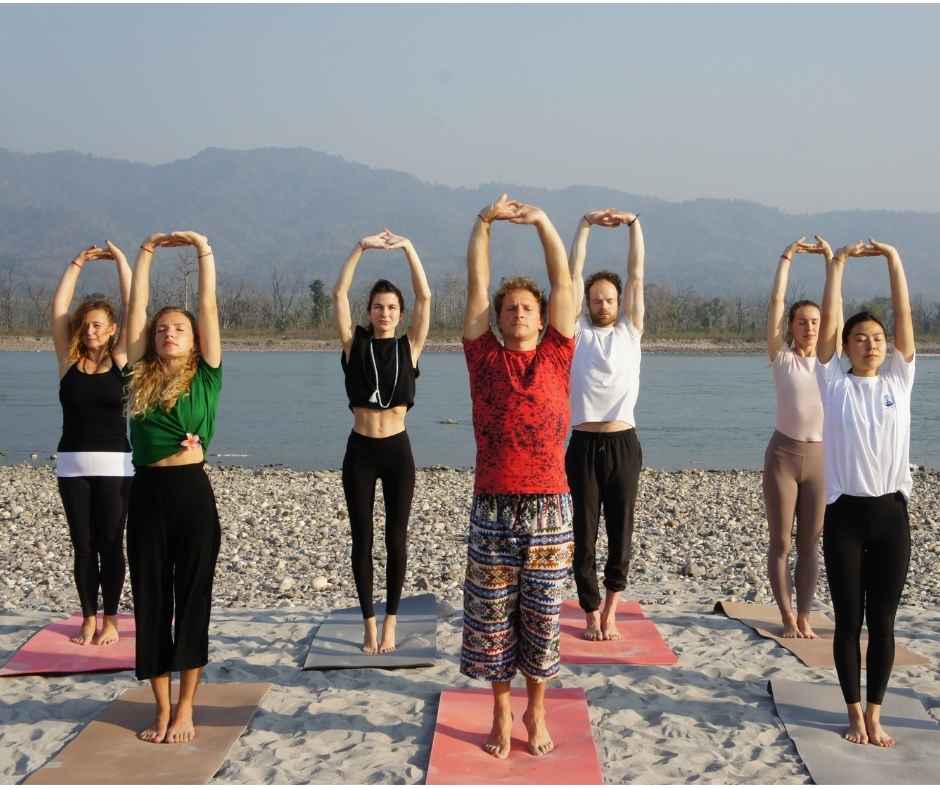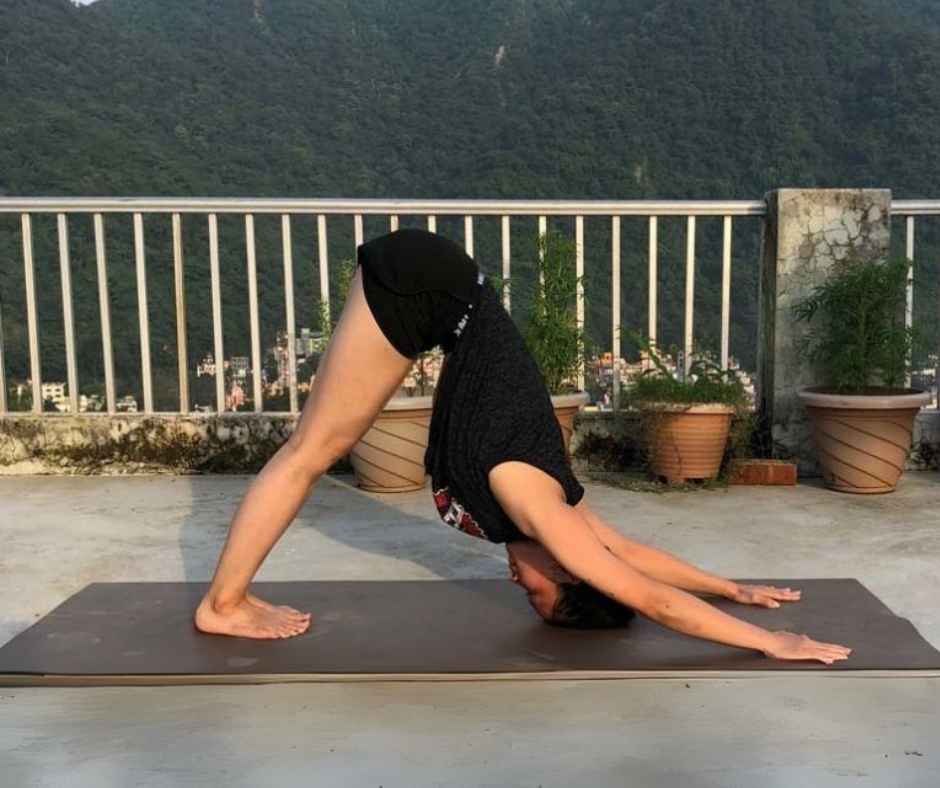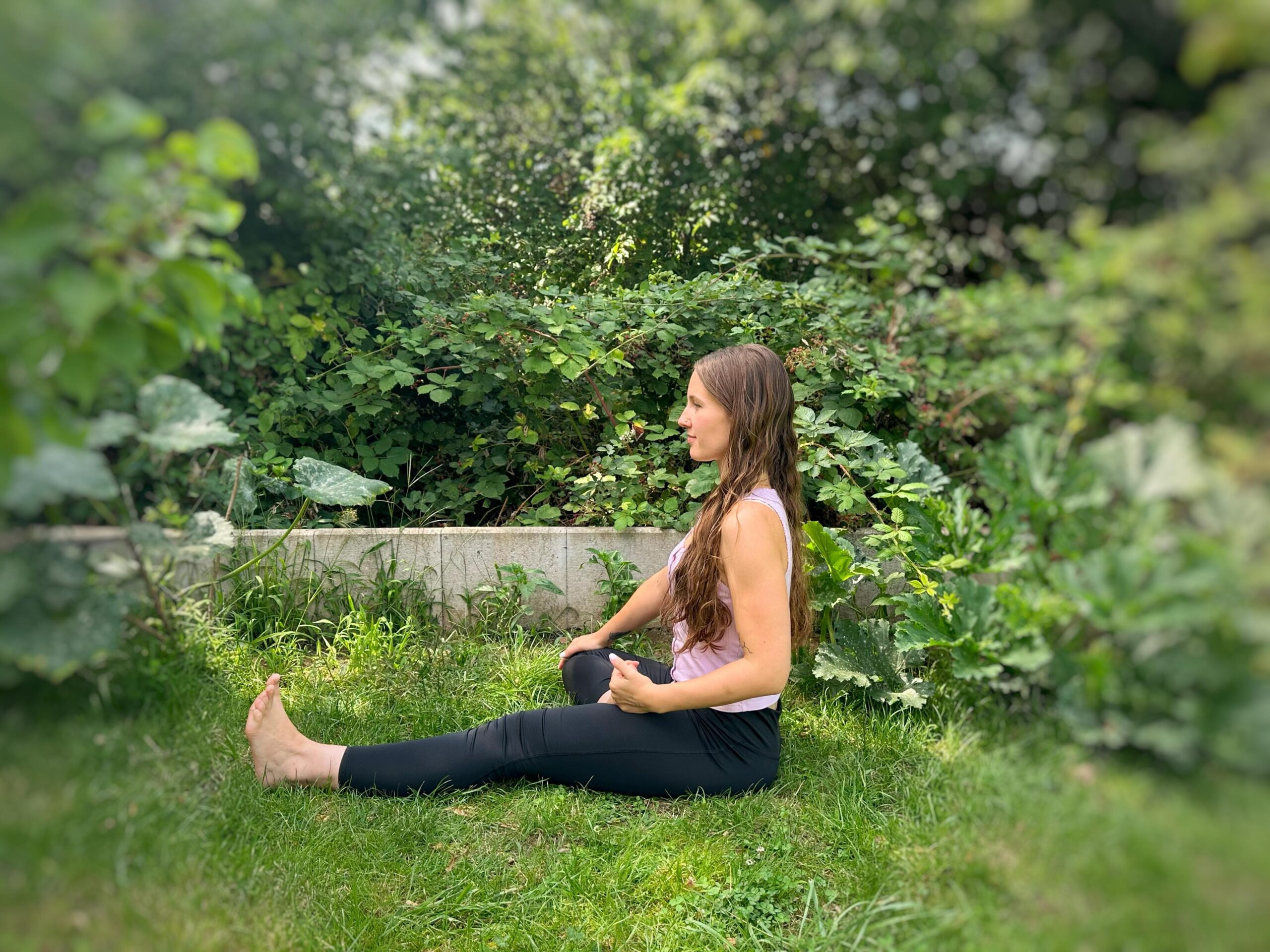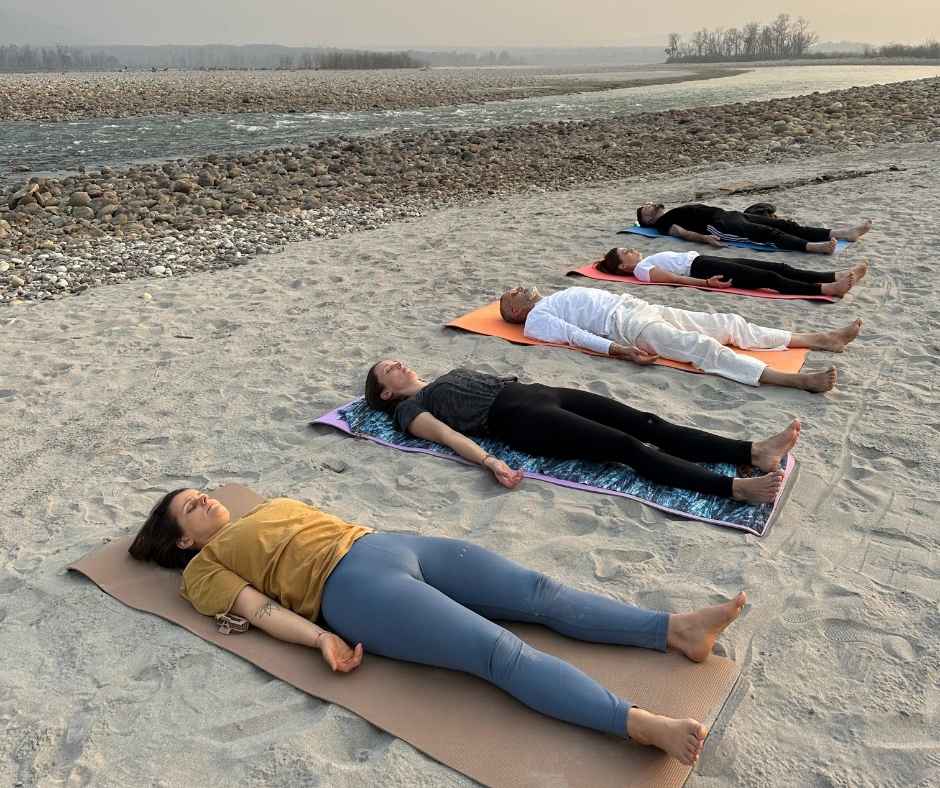
When we think of yoga, our minds often jump to headstands, deep backbends, or powerful warriors. But one of the most crucial poses in any yoga practice is also the simplest: Shavasana, or Corpse Pose. It’s often placed at the very end of a session—and yet, it’s the one pose many skip. Here’s why Shavasana should never be left out of your yoga practice, and how to do it correctly.
What is Shavasana?
In Sanskrit, Shava means “corpse” and asana means “pose.” In Shavasana, the body lies completely still, like a resting body in death—not out of morbidity, but to symbolize complete surrender, deep integration, and conscious rest.
Shavasana is traditionally practiced at the end of a yoga session, giving the nervous system a chance to absorb the effects of your asana, pranayama, and breathwork. It transitions the body from activity to rest and helps shift from sympathetic to parasympathetic dominance (the body’s natural repair state).
How to Practice Shavasana Properly
Although it looks simple, Shavasana is a conscious practice of stillness. Here’s how to align yourself properly:
- Lie flat on your back on your mat.
- Let your feet fall naturally outward, hip-width apart or wider.
- Place your arms 30–45 degrees away from the torso, palms facing up.
- Relax your shoulders down and away from your ears.
- Gently tuck your chin slightly to lengthen the back of the neck.
- Soften your jaw, forehead, and tongue.
- Close the eyes gently, and bring your focus to the natural rhythm of your breath.
Stay for at least 5 minutes, or 10–20 minutes if you have time. Set a timer if needed so your mind can let go.
Modifications for Corpse Pose
If you’re uncomfortable lying flat or experience pain:
- Place a rolled blanket or bolster under your knees to relieve tension in the lower back.
- If you have upper back or neck tightness, place a thin pillow or folded towel under your head or along your spine for gentle support.
For pregnancy:
After the first trimester, avoid lying flat on your back for long. Instead, lie on your left side with a bolster or pillow between your knees. This improves circulation and avoids pressure on the vena cava, which can reduce blood flow to the baby.
Physical Benefits of Shavasana
- Releases muscular tension from the entire body
- Supports spinal decompression and joint relief
- Aids circulation and lymphatic flow
- Promotes recovery post-workout or intense yoga practice
- Can help reduce muscle soreness and fatigue
Mental & Cognitive Benefits
- Helps calm the nervous system and reduce cortisol
- Improves focus, clarity, and cognitive recovery
- Supports better sleep quality and reduces racing thoughts
- Encourages emotional regulation and stress processing
Energetic & Subtle Benefits
- Allows prana (energy) to settle and distribute evenly in the body
- Creates a bridge between movement and stillness
- Helps integrate breathwork and deepen the mind-body connection
When to Practice Shavasana (Beyond Yoga Class)
Shavasana isn’t just for post-yoga:
- Try it before bed to calm the mind
- Use it during a midday break to recharge
- Add it to your meditation or breathwork sessions as a closing ritual
Skipping Shavasana is like closing a book without finishing the last page. To fully integrate your physical, mental, and emotional efforts during yoga, Shavasana is essential. Whether it’s 5 minutes or 20, give your body the stillness it needs.
Your mind will thank you.

